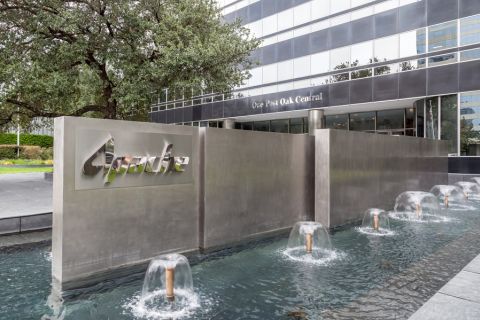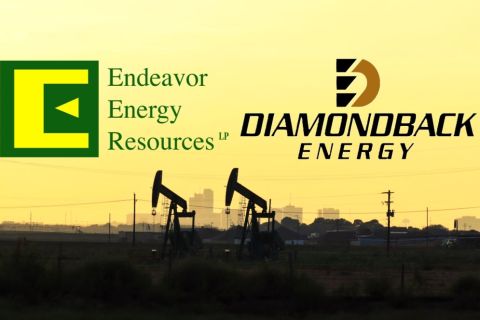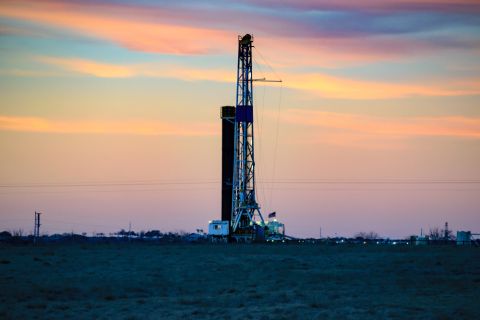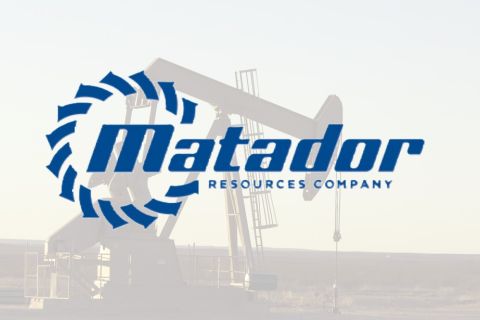The complexities of subsea production have increased as drilling has floated farther and farther out into the deep blue sea. In tackling these complexities the old adage of two heads being better than one fits perfectly as two groups working together are often times better at uncovering solutions than just one.
A new company formed this summer that integrates the subsea design and installation expertise of Cameron with the reservoir and well completions knowledge of Schlumberger with the goal of optimizing the entire offshore production system for its customers. The jointly owned company, OneSubsea, delivers integrated solutions, products, systems, and services for the subsea oil and gas market.
“In terms of products and services, there was virtually no overlap when the two companies came together,” said Don Sweet, president of the integrated solutions division for OneSubsea, in an interview with E&P. “The products and services are complementary, which is good. It makes the integration of the two companies into one simpler.”
Cameron and Schlumberger have 60/40 ownership of the new company, which became operational on June 30, 2013, after having received all required regulatory approvals, according to a company release. “I think the part that’s interesting is that it’s not two companies. It’s actually three, because Framo Engineering and its subsea processing systems were recently acquired by Schlumberger,” Sweet said.
Sweet advised that early engagement is critical for all subsea developments. “You need subject-matter experts working closely with the customer very early on to address the technical challenges and to have sufficient time to evaluate alternative solutions.”
He added that “the combination of our flow assurance consulting organization and their capabilities with the early engineering engagement organization will drive the engagement much earlier in the project life cycle.
“Coupled with the subsurface expertise from Schlumberger, our integrated solutions organization has the unique capability to optimize the design of subsea production systems by providing an integrated ‘pore to shore’ approach. We believe this approach will help our customers increase production and improve the recovery of their sub-sea reservoirs.”
In regards to where the subsea market is going, Sweet noted three areas where he sees significant growth in the coming years: after-market services, subsea processing, and production management.
“As well count increases it naturally drives aftermarket services so the installed base is larger,” he said. “Also, subsea processing growth should be strong, led by subsea boosting due to increasing water depths, more heavy oil developments, and long-distance tiebacks.”
A critical part of production management, he said, is determining answers from the data collected on the in-place systems.
“Our customers want to understand the condition of the equipment we have on the seafloor. Is it working to its optimal potential? Is the boosting system showing signs that it may need refurbishment?” he said.
As the challenges in subsea production become greater, more minds will certainly come together to find the best solutions.
Recommended Reading
APA Closes $4.5B Callon Deal, Deepening Permian Roots
2024-04-01 - About two-thirds of Apache’s daily production will come from the Permian Basin after APA Corp. completed its $4.5 billion takeout of Callon Petroleum.
Analysts: Diamondback-Endeavor Deal Creates New Permian Super Independent
2024-02-12 - The tie-up between Diamondback Energy and Endeavor Energy—two of the Permian’s top oil producers—is expected to create a new “super-independent” E&P with a market value north of $50 billion.
Permian Resources Continues Buying Spree in New Mexico
2024-01-30 - Permian Resources acquired two properties in New Mexico for approximately $175 million.
Matador Bolts On Additional Interest from Advance Energy Partners
2024-02-27 - Matador Resources carved out additional mineral and royalty interests on the acreage it acquired from Advance Energy Partners for $1.6 billion last year.
EIA: E&P Dealmaking Activity Soars to $234 Billion in ‘23
2024-03-19 - Oil and gas E&Ps spent a collective $234 billion on corporate M&A and asset acquisitions in 2023, the most in more than a decade, the U.S. Energy Information Administration reported.





